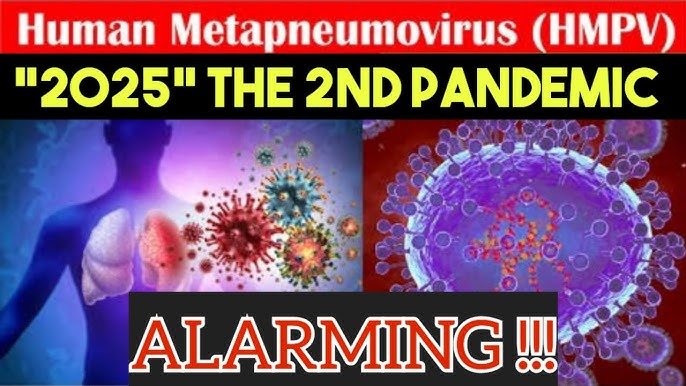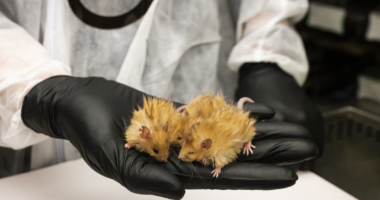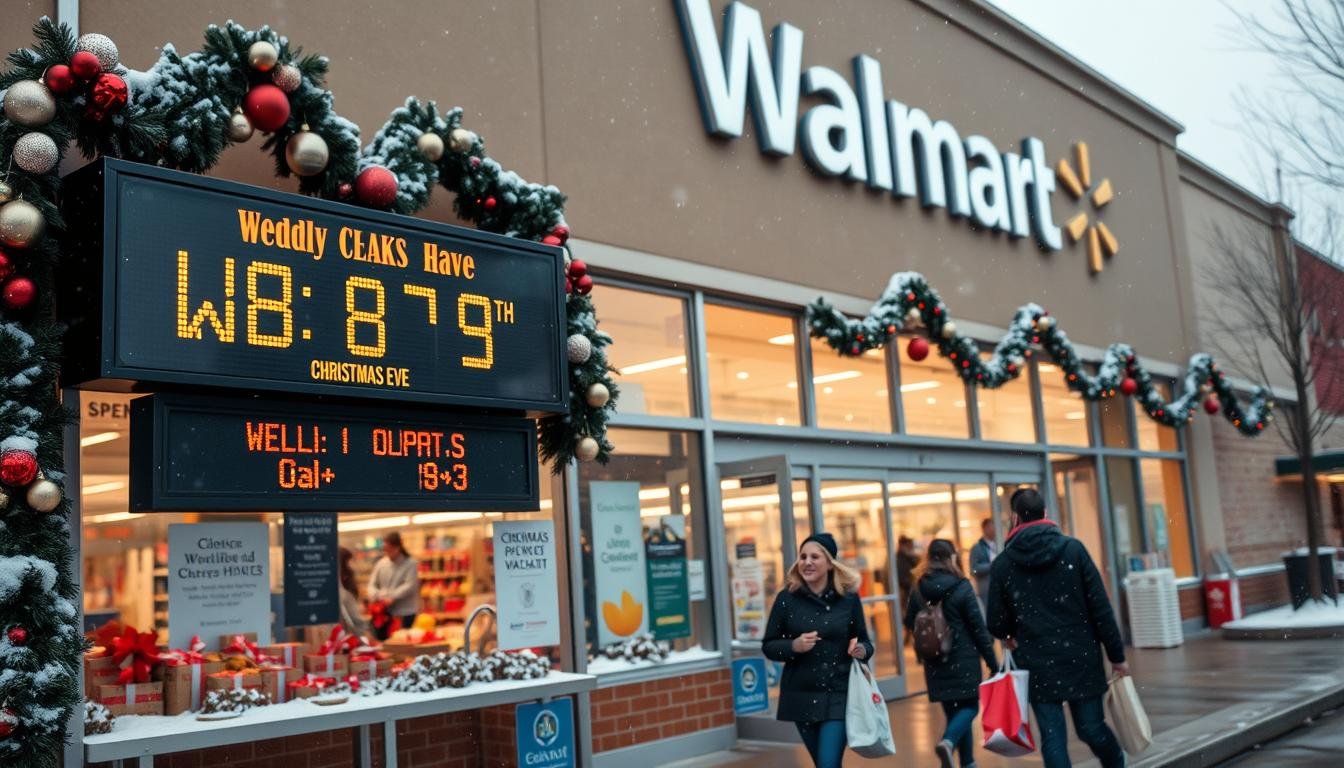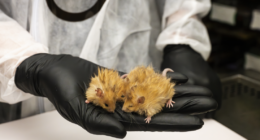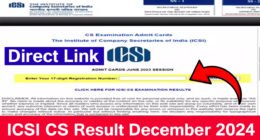Table of Contents Show
As the world continues to monitor public health developments, a new wave of respiratory illnesses has emerged in China, drawing attention to the Human Metapneumovirus (HMPV). This article explores the recent HMPV outbreak, its implications, and how it compares to past viral events like COVID-19. Let’s dive deep into what we know about this virus, its symptoms, prevention, and global outlook.
Understanding Human Metapneumovirus (HMPV)
HMPV is a respiratory virus that belongs to the Pneumoviridae family. Discovered in 2001, it is closely related to the Respiratory Syncytial Virus (RSV) and primarily causes upper respiratory tract infections. While most infections are mild, certain populations, including young children, the elderly, and immunocompromised individuals, are at higher risk for severe disease.
Key Characteristics of HMPV:
- Symptoms:
- Fever
- Cough
- Nasal congestion
- Wheezing
- Shortness of breath
- Sore throat
- Transmission: Spread through respiratory droplets, direct contact, and contaminated surfaces.
- Seasonality: common during late winter and spring.
The HMPV Outbreak in China: What We Know
In late 2024, Chinese health authorities reported a surge in respiratory infections, particularly affecting children and elderly populations in northern provinces. Among the viruses identified, HMPV cases have seen a notable rise. Though the outbreak has not reached pandemic levels, it has reignited global conversations about preparedness and public health measures.
Key Developments:
- Affected Regions: Northern China’s provinces have reported increased hospital admissions.
- Symptoms Observed: Severe cases involved bronchitis and pneumonia, particularly in vulnerable groups.
- Response Measures: Enhanced surveillance and public health campaigns by Chinese authorities.
“The rise in HMPV cases aligns with seasonal patterns but underscores the need for vigilance,” says Dr. Liu Wei, a respiratory specialist.
Comparison: HMPV vs. COVID-19
Given the global impact of COVID-19, comparisons with HMPV are inevitable. However, the two viruses differ significantly:
| Aspect | HMPV | COVID-19 |
|---|---|---|
| Causative Agent | Human Metapneumovirus | SARS-CoV-2 |
| Transmission | Respiratory droplets, close contact | Respiratory droplets, aerosols, surfaces |
| Severity | Generally mild; severe in vulnerable | Ranges from mild to critical |
| Preventive Measures | Standard hygiene, avoid close contact | Vaccination, masks, social distancing |
| Global Impact | Seasonal outbreaks, localized | Global pandemic |
While HMPV is less severe and not as easily transmissible as COVID-19, its impact on healthcare systems highlights the importance of seasonal preparedness.
Preventive Measures
Preventing the spread of HMPV involves simple but effective hygiene practices. These include:
- Frequent Handwashing: Use soap and water for at least 20 seconds.
- Respiratory Etiquette: Cover your mouth and nose when coughing or sneezing.
- Avoiding Crowded Spaces: Especially during peak respiratory illness seasons.
- Disinfecting Surfaces: Clean high-touch areas regularly.
- Seeking Timely Medical Care: Early intervention can prevent complications.
Treatment and Management
Currently, there is no specific antiviral treatment or vaccine for HMPV. Management focuses on alleviating symptoms:
- For Fever and Pain: Over-the-counter medications like acetaminophen or ibuprofen.
- For Congestion: Nasal decongestants and saline sprays.
- For Breathing Issues: Inhalers or nebulizers for wheezing.
- Hydration: Ensure adequate fluid intake to maintain overall health.
Severe cases may require hospitalization, oxygen therapy, or other supportive care.
Global Perspective on HMPV
Seasonal Patterns and Public Health Implications
HMPV’s seasonal nature, typically peaking during late winter and spring, means outbreaks are not unusual. However, the resurgence of respiratory viruses like HMPV post-COVID-19 highlights how pandemic-related disruptions in immunity patterns may influence infection rates.
Healthcare System Preparedness
The Chinese health system’s response, including increased surveillance and resource allocation, reflects lessons learned from COVID-19. International collaboration remains essential to monitor and mitigate the global spread of respiratory pathogens.
The recent rise in HMPV cases in China serves as a reminder of the ongoing battle against respiratory viruses. While not as severe as COVID-19, HMPV’s impact on vulnerable populations warrants attention and proactive measures. By staying informed, practicing preventive habits, and supporting global health initiatives, we can better manage seasonal outbreaks and protect public health.
Stay vigilant and prioritize your health during this respiratory illness season.
FAQs: Your Questions Answered
HMPV is a respiratory virus causing illnesses ranging from mild cold-like symptoms to severe respiratory conditions like bronchitis and pneumonia.
It spreads via respiratory droplets, direct contact with infected individuals, and contaminated surfaces.
No, there is currently no vaccine available. Preventive measures focus on hygiene and avoiding exposure.
Young children, the elderly, and people with weakened immune systems are most vulnerable to severe illness.
Practice good hygiene, avoid close contact with sick individuals, and maintain a clean environment.
